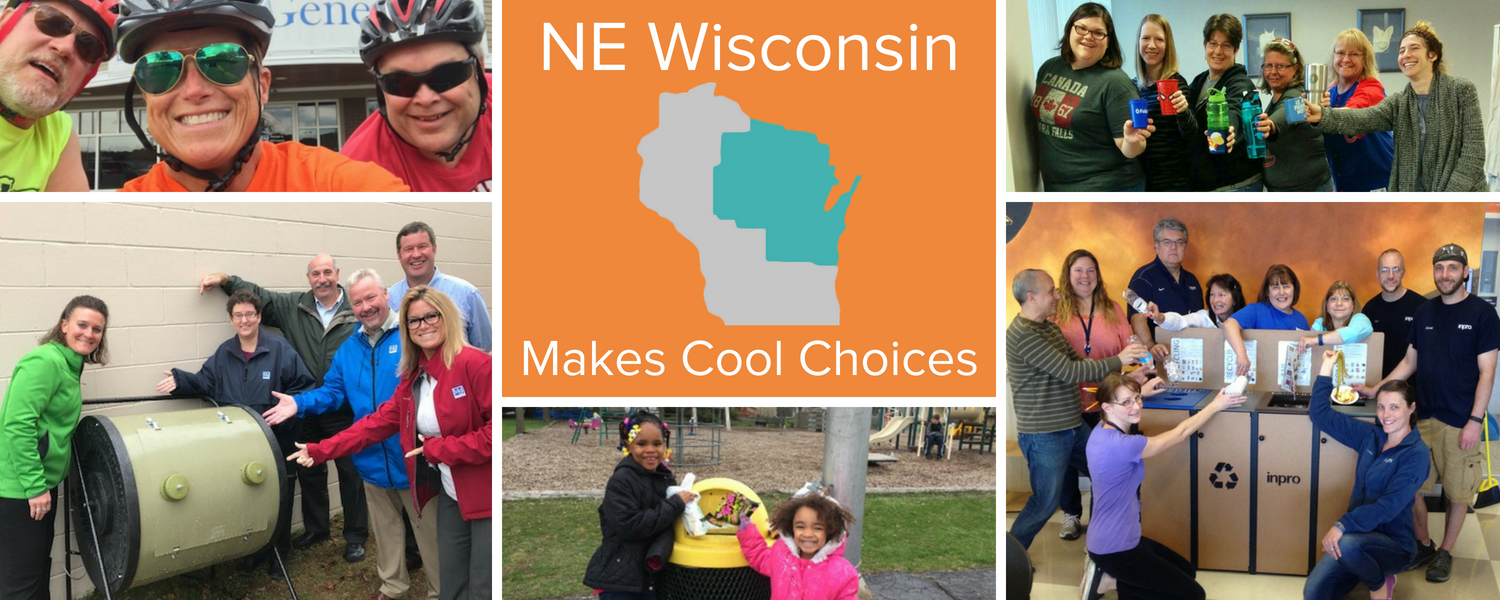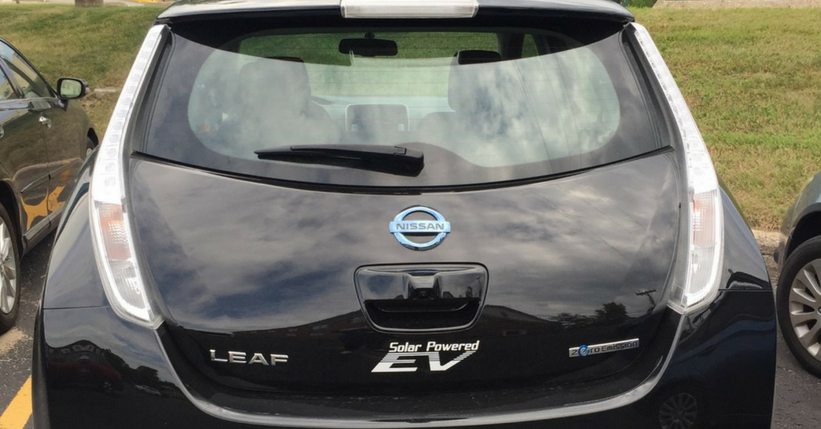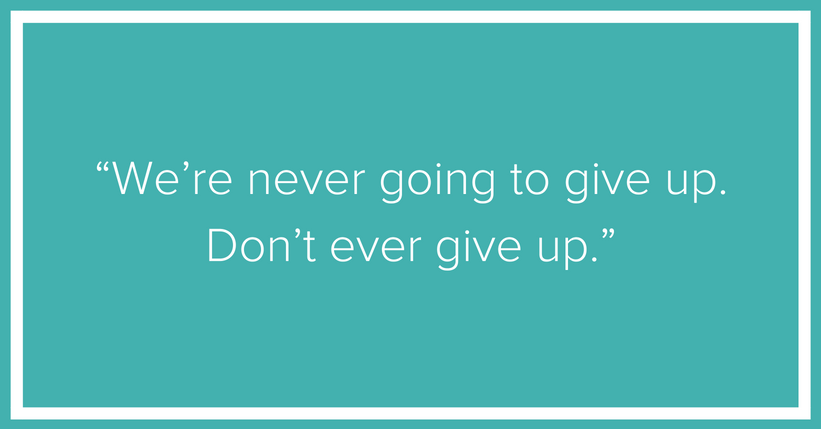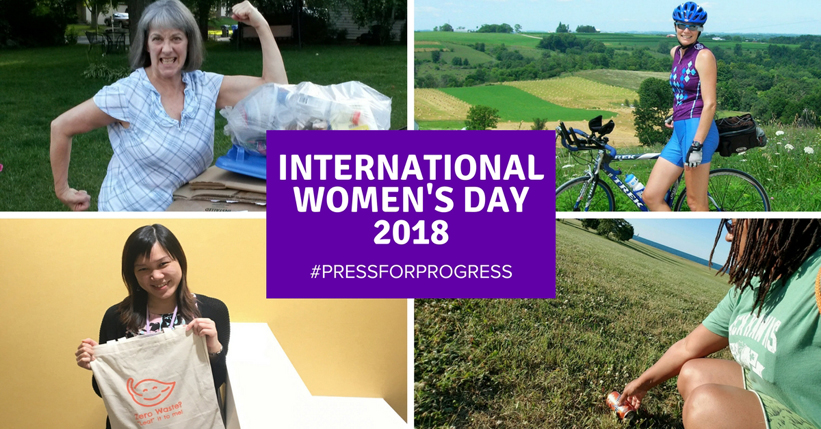Letter from the Executive Director
It’s Time for Culture Change

Achieving aggressive sustainability goals requires more than a strategy; sustainability leaders need to facilitate a culture change so that sustainable practices are part of a new normal.
Making Cool Choices in Northeast Wisconsin

Some ideas are so good that they merit replication.
Last year Cool Choices did a community-scale sustainability program in Waukesha County, in partnership with the county’s workforce development team and local chambers of commerce. Sustainability leaders in the Fox Valley heard about the program and reached out to ask if we could replicate the program in their region.
Sustainable Communities: Inspiring Local Changes to Address Global Challenges

Communities across the U.S. and around the world are making big commitments to clean energy and environmental sustainability more broadly. According to a 2018 report from the CDP, more than 100 cities get most of their electricity from renewable energy sources—up from just 42 in 2015. Plus, a growing number of communities ranging from London, England to Norman, Oklahoma and Eau Claire, Wisconsin are making commitments to clean energy and carbon neutrality.
Behavioral Insights on Increasing Electric Vehicle Usage

Globally we’re in the midst of an exciting transition to electric vehicles and there are signs of the change everywhere you look with cities, states and utilities all helping to promote this transition.
Inspired to Keep Standing Up for Sustainability

Advocating for sustainability is difficult work. Sometimes it feels a little hopeless—we see the headlines about shrinking glaciers and rising temperatures alongside stories about short-sighted politicians. Or our efforts to implement a new sustainability practice lack traction and we feel that nobody else cares about these issues. Frustrated and discouraged, we might start to ask ourselves if our efforts are in vain, if it’s even possible to make change happen.
Successful Sustainability Advocates Filter Good Ideas Through Reality

Every sustainability advocate can envision an ideal world: a place where everyone recycles and composts appropriately. Where stakeholders don’t waste energy or water resources, and communities where sustainable practices are just what folks do.
Ultimately, it’s not that hard to envision the ideal end point. The challenge is creating a viable path from today’s realities toward that vision. A path that meets stakeholders where they are, and then engages and inspires them to become more sustainable versions of themselves.
Women in Green: Sustainability Is a Catalyst for Gender Equality

Cool Choices Executive Director, Kathy Kuntz, spoke at Women In Green, a celebration for International Women’s Day 2018, which was organized by USGBC Wisconsin, WSBC Women in Sustainability, Evolution Marketing, the Wisconsin League of Conservation Voters, and Milwaukee Talks Green on March 8, 2018. Emphasizing the connection between the United Nations Sustainable Development Goals (SDGs) and gender equality, Kathy urged women to lead their communities to a more sustainable and equitable future.
Calculating the ROI of Employee Engagement

If you ask a savvy sustainability manager to calculate the return on investment (ROI) from an efficiency project, they are likely to ask a few follow up questions—because they know that a solid ROI compares all costs to all benefits, and it can take a little digging to get the requisite data.



